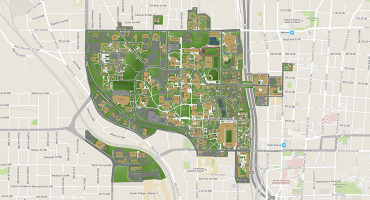Animal brains consist of a vast number of neurons (~100 billion in humans, ~100 million in mice), and thousands of neuron-types. These neurons generated at different times and locations in the developing brain come together in precise ways to form specific connections (~100 trillion connections in the human brain). Even subtle defects in wiring are associated with conditions such as autism, schizophrenia and epilepsy. How does biology ensure the assembly of such a complex structure?
A key piece of this puzzle is ensuring that the right set of genes are expressed at the right time and in the right place. The questions we are trying to address: 1) How are the timing and cell-type specificity of gene expression controlled in developing neurons to ensure proper circuit formation? 2) How are these mechanisms perturbed in neurodevelopmental disorders? To address these questions, we apply single-cell genomics, spatial transcriptomics, genetics and molecular biology approaches in the developing mouse and fruit fly visual systems.



